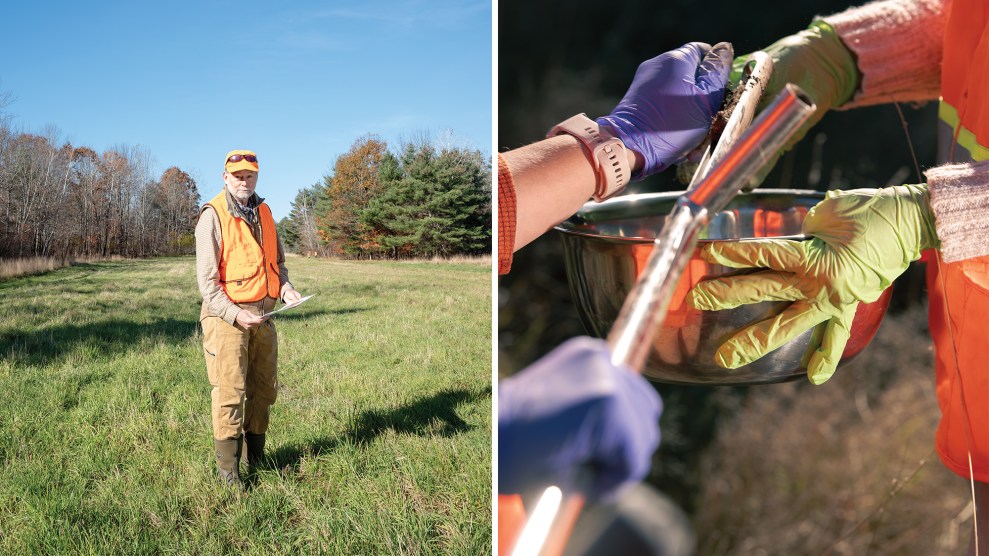Last May, Coke announced that it would be making new plastic bottles composed of 30% sugarcane-based materials. Just this week, the new PlantBottle™ finally reached US shelves. But just because Coca-Cola is using Brazilian sugarcane to make part of its bottles, does that mean they’re green?
Using sugarcane does reduce the amount of petroleum put into each 20 oz. bottle, and cuts down on carbon emissions by about 15%, according to a study funded by the company (it’s still awaiting third-party analysis). But, it’s still plastic. Plastic makes up 11% of all municipal waste, and takes hundreds of years to biodegrade in landfills: only 7% of it makes it to a recycling facility. If Coke really wanted to be green, they could cut out plastic all together and only use aluminum cans. Cans are recycled more often (55%) than plastic bottles and can be melted down and converted into new products infinitely, whereas plastic generally only gets one or two more go-arounds, turned into lawn edging or fleece jackets, before it degrades beyond further usability.
But what about the sugarcane? Does it really have to get flown all the way from Brazil? And does it have to come from sugarcane used to make ethanol, rather than the sugarcane already being used to make the sugar and molasses that go into Coke? Without knowing more about Coke’s exact manufacturing and bottling process it’s hard to tell how much the sugarcane’s origins contribute to the final product’s carbon emissions. At least the PlantBottle™ is a (small) step in the right direction. It would be great if Coke could make fully biodegradable, low-emission bottles like these Japanese sake bottles made of squid. Until then, I’ll take a look at the PlantBottle™, but I’ll buy a can.















